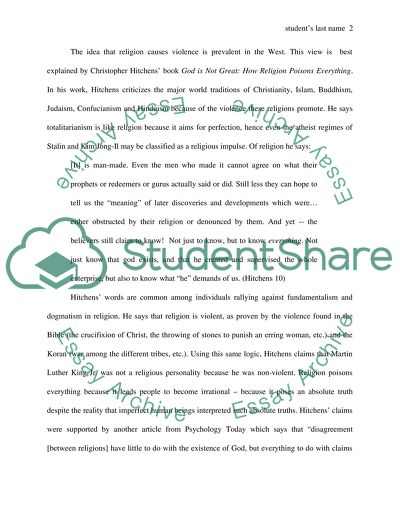Cite this document
(“Religion - Religious Violence Research Paper Example | Topics and Well Written Essays - 1750 words”, n.d.)
Retrieved from https://studentshare.org/religion-and-theology/1448024-religious-violence
Retrieved from https://studentshare.org/religion-and-theology/1448024-religious-violence
(Religion - Religious Violence Research Paper Example | Topics and Well Written Essays - 1750 Words)
https://studentshare.org/religion-and-theology/1448024-religious-violence.
https://studentshare.org/religion-and-theology/1448024-religious-violence.
“Religion - Religious Violence Research Paper Example | Topics and Well Written Essays - 1750 Words”, n.d. https://studentshare.org/religion-and-theology/1448024-religious-violence.


